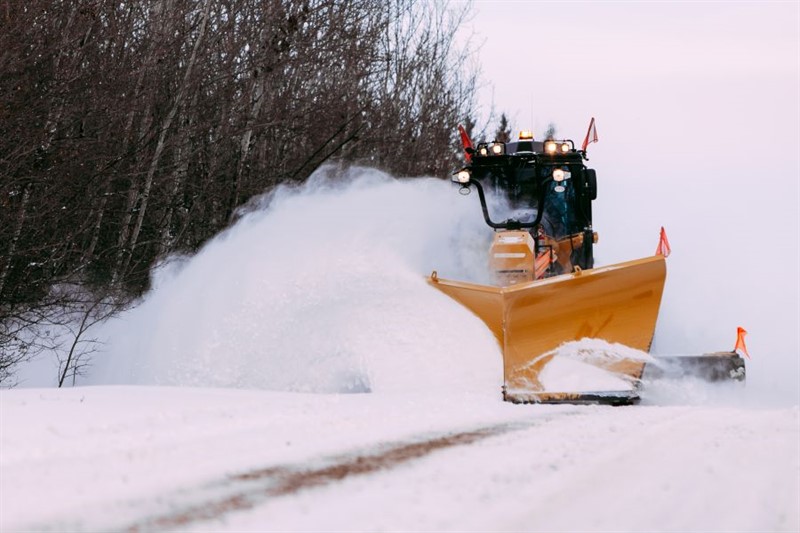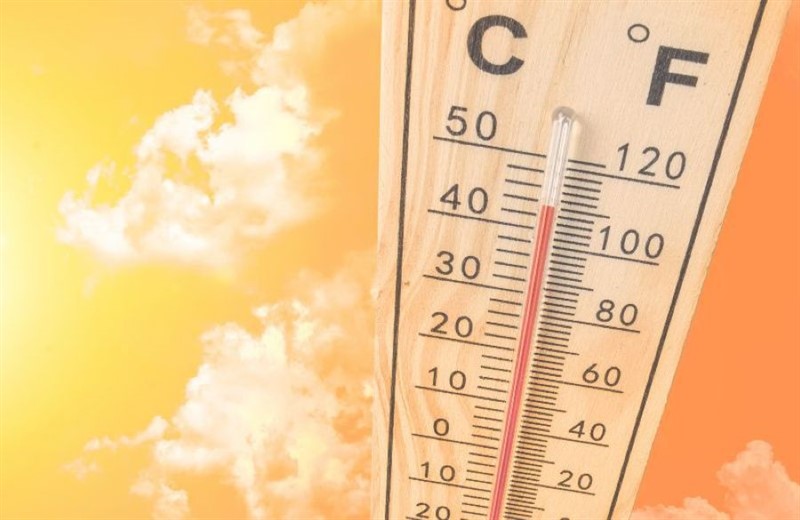Extreme Weather/Disaster
The County of Minburn deals with severe weather such as severe snow/ wind or rainstorms. Freshwater lakes and rivers may amplify the effects of some of these storms. Inclement weather accounts for many injuries each year. The County has prepared brief information on how you can be prepared and take care of yourself in the instance inclement weather occurs.
In the case that a disaster may occur, the County of Minburn Emergency Plan ensures that activities related to the mitigation of the disaster are coordinated between the various agencies involved (fire, ambulance, police) and provides strategies necessary to manage the incident.
The overall command and control of a disaster event would occur from the County of Minburn Emergency Operations Centre (EOC) located at the County Administration Building.

Snow/Ice Storms
Clearing and Maintaining Pathways
Ensure your sidewalks are shoveled and salted after every snow fall. Ensuring your sidewalks are cleared keeps a safe walkway for children walking to school, parents walking with strollers, citizens requiring special equipment such as walker or wheelchair. Be a helpful neighbor and community member if you’re of able body please help your fellow community members who might require some assistance clearing their sidewalks.
Road Reports
When travelling in the winter watch online for real time road reports and plan your travel when safe to do so.
Safe Driving in the Snow/Winter
You can keep yourself, your family, and other pedestrians and drivers safe, by following a few simple guidelines when the streets are icy, or visibility is poor:
- Slow down, and be sure to leave plenty of space between your car and the one in front of you
- Check your tires and tire pressure monthly to ensure you'll have good traction on slippery roads
- Make sure you have plenty of windshield washer fluid
- Keep your gas tank at least half full at all times, in case you have an emergency
- Get or make an emergency car kit
Get more information from the government of Canada website - Winter Driving (getprepared.gc.ca)
Learn how to make an emergency kit In Your Car | NSEM
Extreme Cold
During extreme cold conditions make sure to check on your vulnerable neighbors, family and friends. Be aware of the warnings for frostbite and hypothermia. Try to limit outdoor activities to a minimum.
For more information visit the government of Canada website - Extreme cold - Canada.ca

Heavy Rain
How to prepare for a heavy rainfall
- Keep your gutters and downspouts clear of leaves and debris
- Have your perimeter drains inspected regularly by a qualified inspector
- Make sure the storm drains in front of your property are kept clear
- Get to know your neighbours, and watch out for each other
- Ensure you have an emergency kit, in case you need to evacuate
What to watch out for during times of heavy rainfall
- Avoid small creeks and rivers, as they can fill up quickly and their banks can erode
- Never drive through flood water, as the average car can be swept off the road in 12 inches of moving water
- If you are told to evacuate by emergency personnel, do so immediately

Extreme Heat
Quite often during the summer months the County of Minburn experiences many extreme heat warnings. During these heat warnings follow Environment Canada guidance to stay cool and hydrated.
- Limit outdoor activities
- Drink plenty of water to stay hydrated
- Stay cool by:
- Wear loose-fitting, light-coloured clothing made of breathable fabric
- Take cool showers or baths until you feel refreshed
- Plan strenuous outdoor activities for cooler days, or choose a cooler location, like a place with air conditioning or with tree shade
- Spend a few hours in a cool place. It could be a tree-shaded area, swimming facility or an air-conditioned spot
Be cautious of signs of heat exhaustion:
- High body temperature
- Confusion and lack of coordination
- Skin rash
- Muscle cramps
- Dizziness or fainting
- Nausea or vomiting
- Heavy sweating
- Headache
- Rapid breathing and heartbeat
- Extreme thirst
- Dark urine and decreased urination
Guidelines say if you experience these symptoms it is recommended to move into a cooler place (indoors, shade etc.) and drink water.
Signs of heat stroke:
- High body temperature
- Confusion and lack of coordination
- Dizziness/fainting
- No sweating, but very hot, red skin
Heat stroke is a medical emergency. Call 911 immediately and follow their instructions.
Follow the Government of Canada guidelines for extreme heat - Fact Sheet: Staying Healthy in the Heat - Canada.ca
